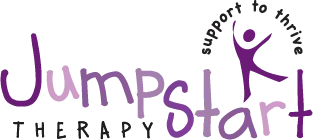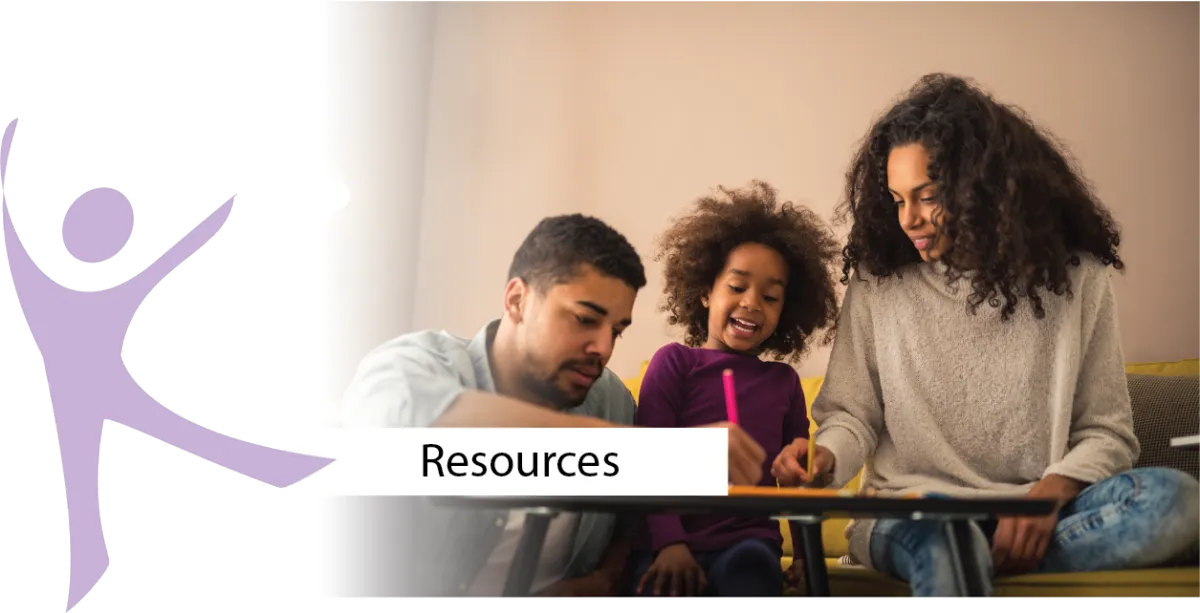
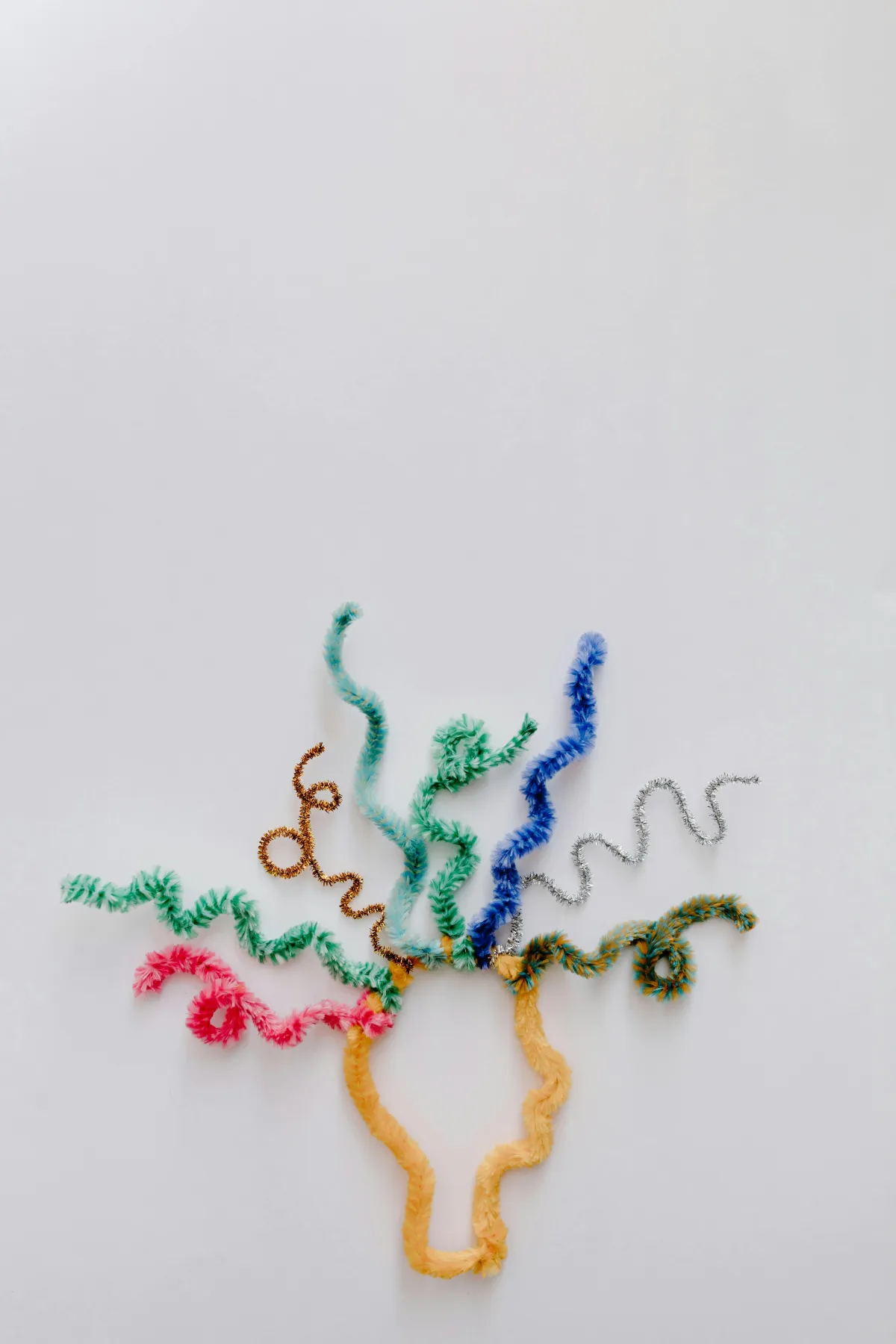
Emotions & the Brain
Do we really feel feelings in our heart? No, not really. We often associate the heart with our feelings, e.g., “my heart is full” “my broken heart”. But actually, feelings are a result of a complex interaction between our brain and nervous system, our body responses and language that we’ve learnt to associate with situations and body sensations. As parents we learn about how to feed our kids, what to do when they have a temperature and maybe do a children’s First Aid course. But we don’t get taught about our child’s developing brain and what is happening in their brain when they have BIG feelings.
The brain is a beautifully complex structure with many processes happening at the same time. Put simply, the brain has 2 hemispheres, often called the left and right brain. The right brain focuses on the big picture, is emotional and non-verbal. The left brain focuses on the detail, is logical and language based. The brain is not fully matured until the mid 20’s so kids’ brains have a lot of growing and maturing to do. As parents we have a unique opportunity to support and shape our child’s brain development through the way we respond to them in everyday moments and the experiences and environment we provide. Of course there are lots of factors that effect how our child’s brain develops, but when we support our kids to practice skills, tolerate discomfort and put words to their experience, we help to lay down more neural/brain pathways.
So I would love you to think about which side of the brain they are using in everyday moments. Are they in their left brain arguing with you or their right brain having big feelings? Understanding this can give us clues about how to respond to our child, to support them to use their whole brain as they navigate home, school/daycare, social & learning environments.
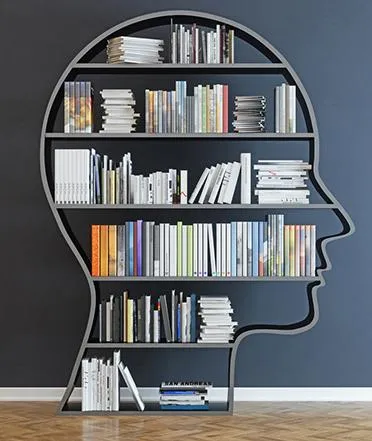
JumpStart's Lending Library
We've launched our very own library offering books & resources forParents/Carers and children connected with us. Books that promote children's strengths and abilities and celebrate diversity.
If there is a book you would like to borrow please email us. We will let you know when it is ready for pick up from Ochre Medical Centre Bathurst.
If you have recommendations for upcoming books to review, we'd love to hear from you!
